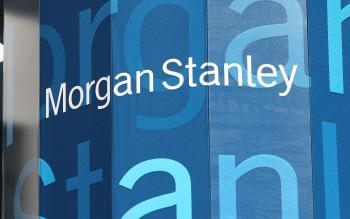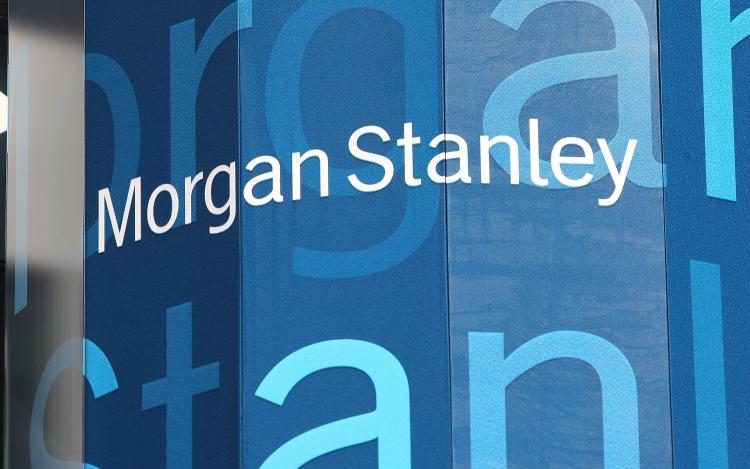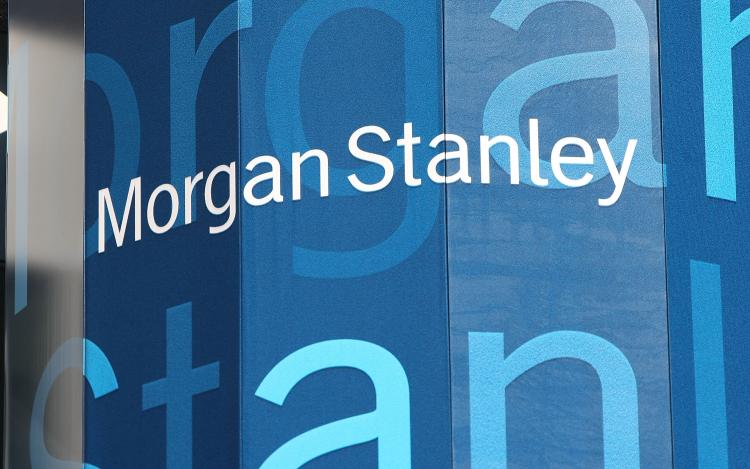NEW YORK—Morgan Stanley, the 74-year-old financial servicing giant, survived the recent Wall Street financial crisis better than most of its peers thanks to some tough talk from its longtime leader John Mack.
Today, the company is on sound footing operating in an intriguing era for the industry. The financial crisis of 2008 eliminated two of its largest competitors—Lehman Brothers and Bear Stearns Cos.—and weakened other rivals.
Some competitors have revived themselves—notably Citigroup Inc. and Bank of America Corp.—both of which recently repaid their TARP obligations and are under less federal restrictions, making them more competitive with their peers.
This month, Mack, 64, made it official that he would step down from his CEO position and turn it over to James Gorman next month.
But Morgan Stanley had its own share of obstacles.
Clinging to Life
In September 2008, during the height of the financial crisis, the Federal Reserve approved Morgan Stanley’s application to convert from an investment bank to a financial bank holding company, a process that had taken several months.
Going forward, Morgan Stanley is subject to greater scrutiny and regulations by the federal government (Fed) and the Federal Deposit Insurance Corporation (FDIC).
The move gained Morgan Stanley access to the Federal Reserve Discount Window, a line of credit open to depository institutions such as credit unions, savings and loan associations, as well as commercial and savings banks. The firm is no longer an investment firm, but a depository institution that acquires funds through deposits by the general public.
A further benefit to the firm, Morgan Stanley can now tap into the Primary Dealer Credit Facility (PDCF), created by the Fed after the Bear Stearns collapse in 2008. This facility is an overnight loan that is provided to primary dealers, which are commercial banks and certain brokers. The PDCF allows the Fed to lend money directly to investment banks and was a novel break from the Fed’s traditional way of doing business.
“Morgan Stanley sought this new status from the Federal Reserve to provide the Firm maximum flexibility and stability to pursue new business opportunities as the financial marketplace undergoes rapid and profound changes. The Firm will pursue initiatives to expand the retail banking services it offers its retail clients and build a stable base of core deposits,” said Morgan Stanley in a press statement.
Escaping Treasury and Fed Pressure
Last year, the U.S. Treasury and the Fed were breathing down Mack’s neck, demanding that Morgan Stanley merge with another institution, such as JPMorgan Chase & Co., “for a price as low as a dollar,” revealed Mack during a University of Pennsylvania Leadership Lecture, published in a recent Knowledge@Wharton (KW) report.
Then, to make matters even more interesting, Treasury Secretary Tim Geithner laid out a novel plan to the banking executives during a crisis meeting. “The Treasury Department was asking them to create a ‘bad bank’ to park the so-called toxic assets of Lehman Brothers,” according to KW.
“It was clear that Secretary Paulson did not have the political capital to go to Washington after [the bailouts of] Freddie and Fannie and Bear Stearns and get more money—so he was asking the Street to help out,” Mack revealed at the lecture.
Mack, wanting to save the jobs of Morgan Stanley’s 45,000 employees, didn’t flinch under the pressure coming out of Washington.
Conference calls with Geithner, former Treasury Secretary Henry Paulson, and Fed Chairman Ben Bernanke, during which the officials urged Mack to accept the JP Morgan Chase offer, did not achieve their intended result, but just the opposite.
According to KW, Mack told the three, “I have the utmost respect for the three of you—what you do for this country makes you patriots. But I have 45,000 employees. I won’t do it,” referring to the $1 JPMorgan Chase offer. “I'll take the firm down.” and he hung up the phone.
Mack contacted the Mitsubishi Group, Warren Buffet, and Chinese bankers. “The whole game was to hold on, to find other sources of capital,” said Mack.
Mack negotiated a deal with the Mitsubishi UFJ Financial Group of Japan, which agreed to invest $9 billion into Morgan Stanley, the largest ever by any Japanese financial firm.
Mitsubishi acquired a 21 percent interest in Morgan Stanley, which was divided into 9.9 percent common stock and the remainder in noncumulative convertible preferred stock.
Surviving a Sticky Situation
Morgan Stanley has survived, though not quite unscathed. The most recent third quarter 2009 financial statements indicate a 47 percent drop in revenue, when compared to the same period in 2008.
The firm recorded income of $412 million for the nine months in 2009, a 96 percent decrease from the same period in 2008.
The bank is riding higher than expected by the government officials. It was sufficiently profitable to pay back $10 billion in TARP money to the U.S. Treasury on June 17. The U.S. Treasury received $318.1 million in dividends from the company.
Morgan Stanley will continue to face pressure on the regulatory side, but for its employees, shareholders, and stakeholders, Mack’s decision not only failed to bring the firm down, it propelled the company to future prosperity.







Friends Read Free